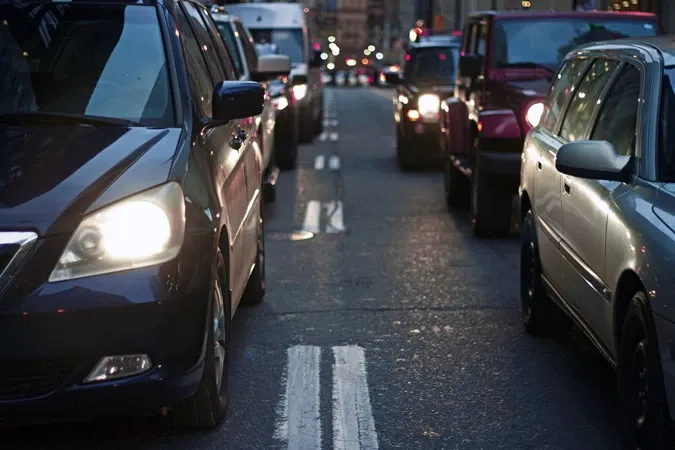Siemens Opens Its Largest Global Research Hub
Siemens has opened the first building complex of its Technology Center (STC) at Garching Research Campus, north of Munich, Germany.

For over two months, Mobileye was working on a safety program on the streets of Barcelona. The company is analyzing the status of infrastructure and identifying the most accident-prone points in the city.
Mobileye used a fleet of self-driving cars that travel roads at a high frequency in order to discover how to better improve the safety of parking, access and loading and unloading privileges. The project is part of Barcelona’s public-private collaboration to prepare the city for EU regulations that mandate the use of advanced driver assistance systems (ADAS) technology beginning in 2022.
For the city of Barcelona, the idea is to become an example of how cities could adopt technology and services for autonomous driving not just in Spain, but worldwide. The fleet of vehicles were equipped with Mobileye’s retrofit collision avoidance and mapping technology that survey the roads of Barcelona and send the data to the cloud for analysis in order to improve the city infrastructure and identify how to make the city streets safer.
As the fleets travel, on-board cameras collect information about roadside infrastructure and it is aggregated with external data such as accident history or weather. The data becomes the basis for the application of artificial intelligence in the detection of potential dangers and the identification of hidden problems on the road. The more information the sensors and cameras gather, the more municipalities can identify traffic and traveler behaviors of vehicles, bicycles and pedestrians.
During the two month project, Mobileye-equipped vehicles traveled 28,000 miles daily, sending data to the cloud from the on-board cameras. On those travels, 40,000 pedestrians and 37,000 cyclists were detected, while 68 collisions were avoided by safety alerts issued to the driver. 400 vehicles from 12 local fleets were used during the project, but Mobileye expects this to grow to 1,000 in 2020 and 5,000 cars in three years.